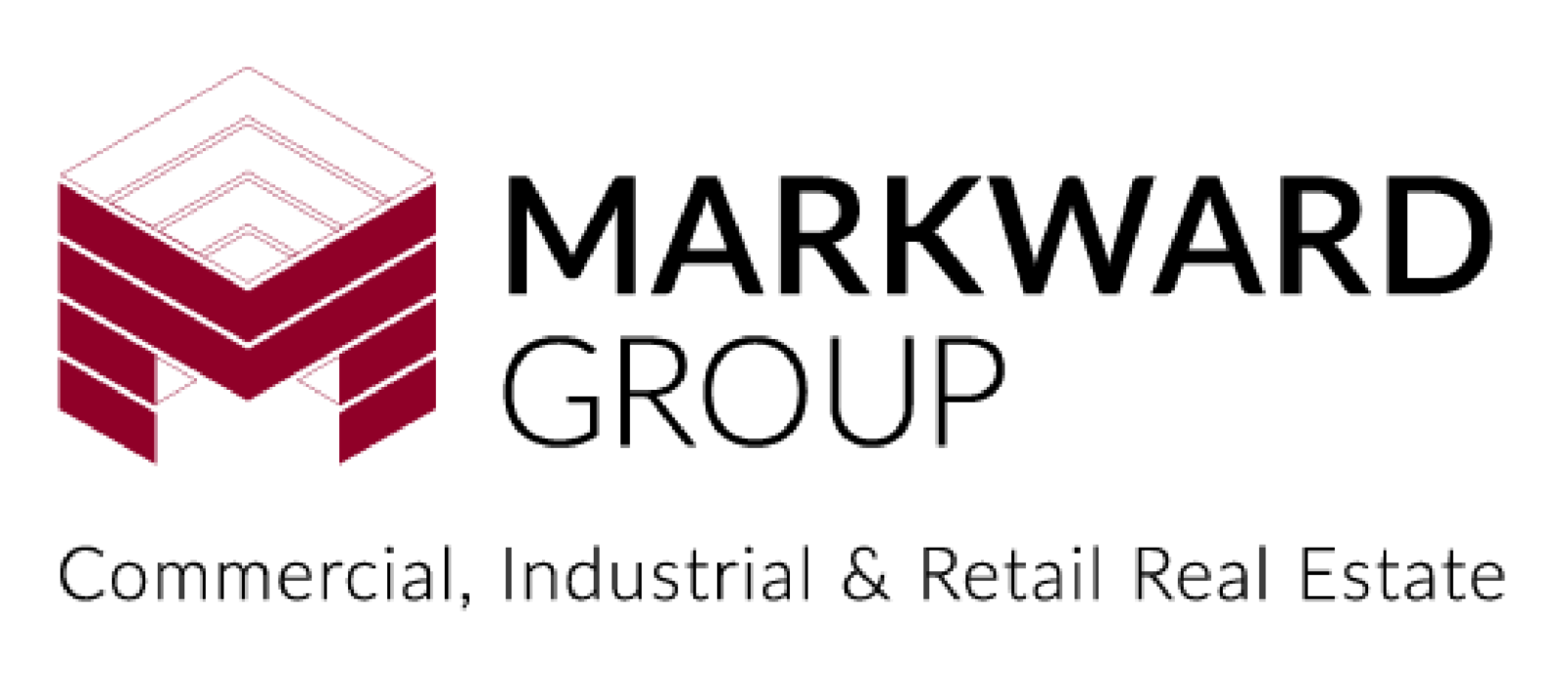2019-2020 Real Estate Projection
The US commercial real estate markets have been growing steadily over the last 8 years, and this trend is expected to continue for at least the next two years. Nationally, the retail markets have taken their lumps with some high profile bankruptcies and downsizings, but the e-commerce market has picked up the slack with significant growth in retail-oriented warehouses and logistics facilities.
The Philadelphia area and eastern PA has followed suit with the national markets. Distribution facilities have grown at an annual 10% clip in eastern PA, mostly along the I-78 and I-81 corridors, and now there is a push to get closer to the heavy population areas with last mile deliveries. We will see older mill and former manufacturing facilities being re-purposed in the city and near-in suburbs to be used as logistics and same day delivery hubs. New, modern, high bay warehouses will also emerge where land can be made available in or near the city.
The office market will continue a steady climb in occupancy, subject to new product coming on the market, with rents inching up at 1-3% growth per year. Led by the medical institutions, new office projects will feature specialty-built buildings rising next to shared open space offices, like the WeWork layouts coming on-line in most major cities.
The apartment markets will continue to grow at a faster pace than home ownership. But with construction costs outpacing incomes, we expect core city rents will be forced to level or drop in the next two years, which, in turn, will slow the construction of new product. While Philadelphia rents have lagged those of New York and Washington historically, those cities are also seeing downward pressures on rents dues to the lagging income and affordability indexes, so we expect a slowing of new product except in the best sub-market locations within each region.
In all, and barring extreme government policies affecting the real estate markets and income, we see the regional real estate markets continuing to grow at or above the levels of inflation, with a proportionate dispersion occurring between the city and the surrounding suburbs.



